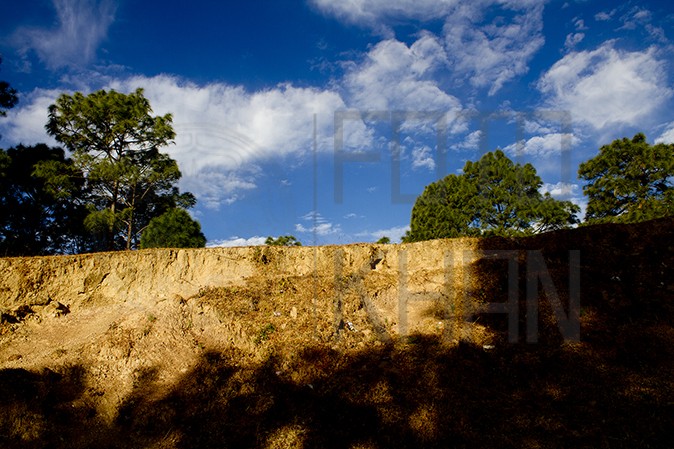Managing light is a fundamental aspect of photography, and for beginners, understanding how to handle both harsh and soft light is crucial for capturing great shots. These two types of lighting conditions require different approaches, and knowing how to work with them can significantly improve your photography.
Managing Harsh Light:
Harsh light typically occurs during midday when the sun is high in the sky, resulting in strong, direct sunlight. This type of light can create harsh shadows and overexposed highlights, making it challenging to capture well-exposed and balanced photos. Here are some tips for managing harsh light:
- Seek Shade: Look for natural shade, such as trees, buildings, or awnings, to diffuse and soften the harsh sunlight. This can help eliminate harsh shadows on your subject’s face and provide more even lighting.
- Use a Reflector: Reflectors bounce sunlight back onto your subject, reducing shadows and creating a more flattering light. You can use a professional reflector or even a white foam board or a piece of silver or gold fabric to reflect light.
- Diffusion Panels: Diffusion panels or scrims can be placed between the sun and your subject to soften and spread the light. These are especially useful for portrait photography.
- Shoot in the Golden Hours: If possible, schedule your outdoor shoots during the “golden hours” shortly after sunrise or before sunset. During these times, the sunlight is softer and has a warm, golden hue, creating more pleasing and flattering results.
- Adjust Your Camera Settings: To mitigate the impact of harsh light, adjust your camera settings. Use a smaller aperture (higher f-stop number) to reduce the amount of light hitting the sensor, and use a lower ISO to maintain image quality.
Managing Soft Light:
Soft light, often found on overcast or cloudy days, is diffused and evenly spread, resulting in gentle shadows and reduced contrast. While this light can be more forgiving, it also requires thoughtful handling to achieve desired effects:
- Use a Reflector or Fill Flash: Soft light can sometimes lack contrast, so consider using a reflector or fill flash to add some dimension to your subject and eliminate unwanted shadows.
- Embrace Soft Light for Portraits: Soft light is ideal for portrait photography because it produces flattering and even skin tones. Position your subject facing the light source for the best results.
- Experiment with Silhouettes: Soft light can create stunning silhouettes. Position your subject between the light source and your camera, exposing for the background to create a striking silhouette effect.
- Consider Long Exposures: Soft light conditions are excellent for long-exposure photography. Use a tripod and experiment with capturing flowing water or the movement of clouds in your shots.
By understanding and practicing how to manage both harsh and soft light, beginner photographers can expand their creative capabilities and adapt to various lighting situations. With experience, you’ll become more confident in using light to your advantage and capturing stunning images in any conditions.

